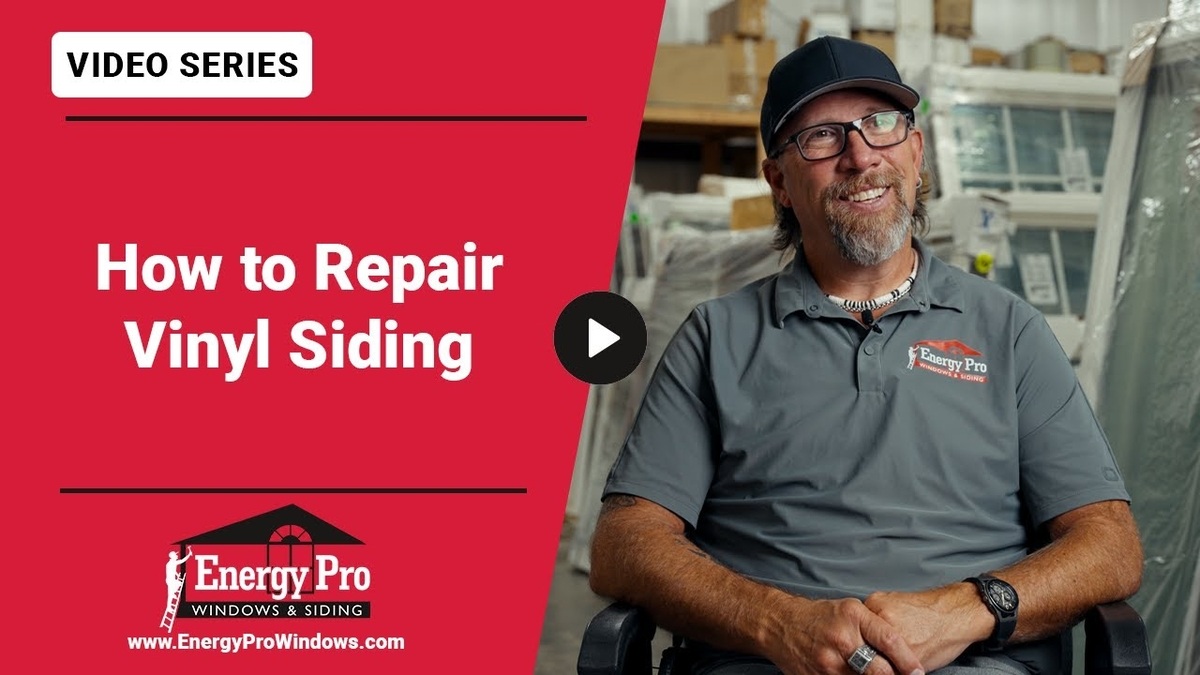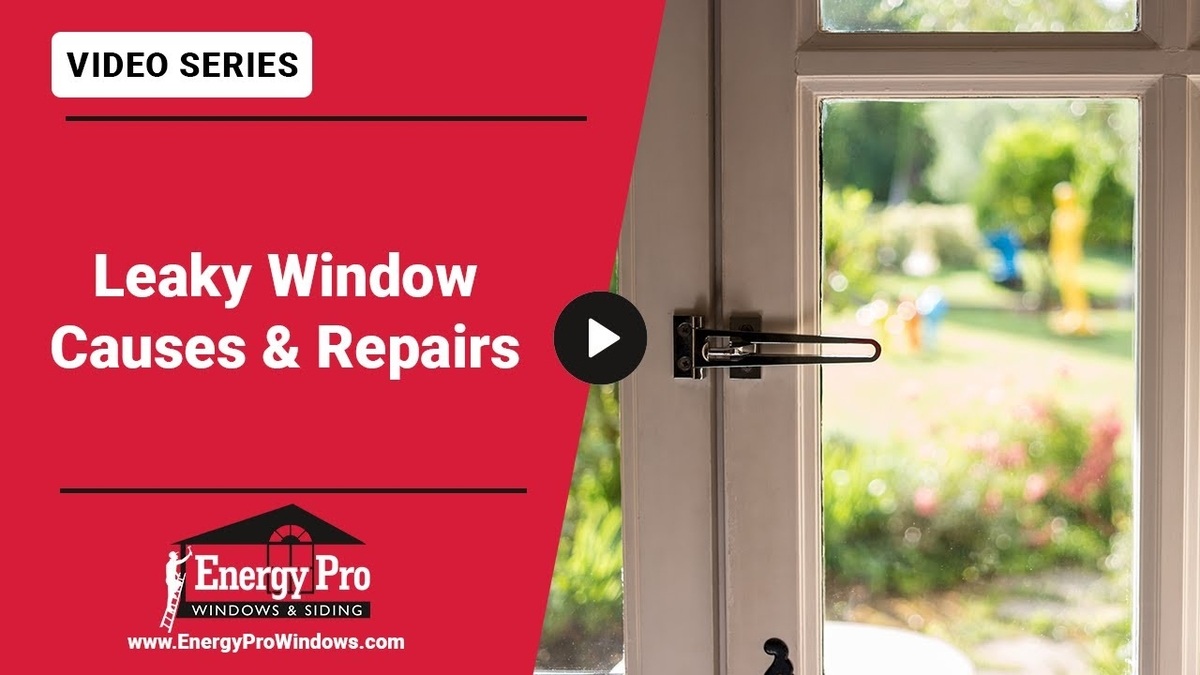Creating an energy efficient home is something of the holy grail for homeowners. Particularly in today’s world where costs just seem to keep rising. Thankfully, there are many ways you can get better energy efficiency from your home.
The first thing you may want to do is have a certified test done on your home. Have an expert come out and they’ll test around the foundation, in the attic, around your windows and doors, everywhere. They’ll even check the electrical outlets, vents, and pipes that come out the side of your home.
The main thing a certified inspector looks for is air leakage. When air is able to enter your home from outside and vice versa, it increases your energy bills. The AC has to work harder to cool the inside if heat is coming in, and the furnace has to work harder to keep the house comfortable in winter when cold air is entering.
Energy Efficient Homes Have Great Windows
Windows are a huge factor for energy efficiency in your home. Old wood windows have a high rating for air leakage, which means they let too much air pass in or out. As noted, hot air coming in during summer or cold air coming in during winter makes your heating and cooling units work harder. This contributes to higher energy bills and more frequent maintenance needs.
Replacing windows in your home will give you the fastest results with improved energy efficiency. Especially if your windows are old. Old windows have single pane glass, which is a horrible insulator. New windows are double pane and filled with Argon gas between the glass pieces. This slows down temperature transference, or exchange, from the outside in and vice versa.
This extra insulation slows down temperature exchange, acting as a form of insulation for the glass part of your window, and the windows are sealed much tighter, reducing air infiltration.
Some new windows also have foam filling in the frames, which provides added insulation and R value around the windows.
Adding or Replacing Siding
Adding siding to your home is another way to increase its energy efficiency. It helps to replace old siding as well, because new siding gives you new protection.
If your home has damaged or rotten wood for instance, that can allow more air exchange from the inside out. When new siding is installed, your home will get all new batts, the damaged wood will be repaired, and the house will be fully wrapped with a vapor and wind barrier. This wrap is taped to the windows and all other openings, and everything is sealed tight with fresh caulk.
An Energy Efficient Home is Insulated and Sealed
As you may have noticed, there’s a common theme throughout this guide. A good energy efficient home is fully insulated and sealed against the elements. It’s designed to keep indoor air inside, and outdoor air outside.
In addition to controlling air flow, adding insulation is the next best step. Insulation creates a thermal barrier that prevents air temperature exchanges through the walls, floors, and ceilings of your home.
Insulation can be added to your attic above the trusses to help control temperature exchange from the living space. Insulation can also be added to your walls relatively simply. The contractor will make a small hole in a wall and blow insulation into the open space, then reseal the hole.
Caulking and sealing any holes is important too. Around light fixtures, switches, electrical boxes, and even outlets can be caulked and sealed to prevent air infiltration from behind the drywall.
Contact us to learn how we can help you enjoy a more energy efficient home today.



